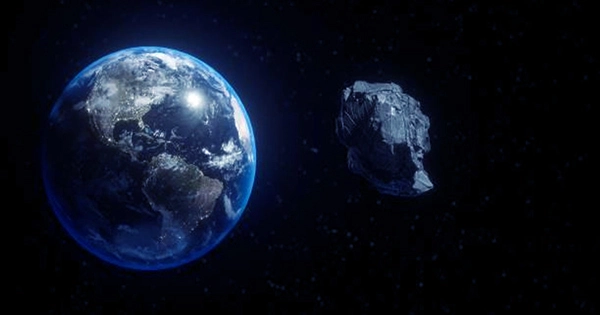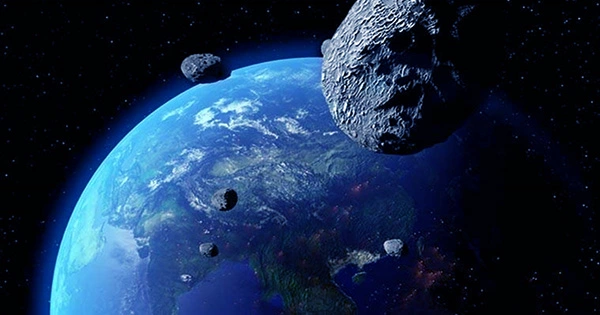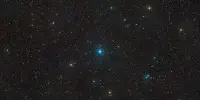The National Aeronautics and Space Administration estimates that there is a slim chance that an asteroid roughly the size of an Olympic pool will hit Earth on Valentine’s Day in 2046. (NASA).
According to statistics from the European Space Agency, the odds of a collision are 1 in 625. Contrarily, the likelihood identified by NASA is 1 in 560.
The only object that NASA rated as having a risk of 1 out of 10 on the Torino Impact Hazard Scale was the asteroid 2023 DW, also known as the Valentine Asteroid due to its potential impact on Valentine’s Day. It serves as a baseline for assessing the likelihood that space objects will strike the Earth.
According to the rating, the chance of a collision is extremely unlikely, so there is no reason for earthlings to be concerned, according to the Jet Propulsion Laboratory, while ranking zero means there is absolutely no chance of a strike.

Davide Farnocchia, a navigation engineer at the Jet Propulsion Laboratory in Pasadena, thinks the object is not especially alarming.
The experts from the US space agency cautioned that the data and research being done could change the likelihood of the Valentine asteroid colliding with Earth.
NASA Asteroid Watch stated on Twitter that it frequently takes several weeks of data after a new object is found to reduce the uncertainties and correctly predict its orbit years in the future.
Will it Impact?
When the asteroids are first found, they seem dangerous. The Center for Near Earth Object Studies at the Jet Propulsion Laboratory observed in a statement on its website that it is more probable that such orbits will “permit” future impacts because they are based on very small observation sets and are more speculative.
The risk of it harming the earth diminishes as more observations and data are gathered and analyzed. Similarly, as new information is introduced and observations shed light on the object’s origin and orbit, these early estimates can also be labeled as dangerous.
According to NASA statistics, the asteroid has a diameter of about 160 feet.
According to NASA’s statistics, the asteroid 2023 DW, which revolves around the sun, has a diameter of about 160 feet. The asteroid is anticipated to pass close to the planet ten times, the closest of which is anticipated to occur on February 14, 2046, with the other nine encounters occurring between 2047 and 2054.
The asteroid is expected to reach Earth from a distance of about 1.1 million miles, according to NASA’s Eyes on Asteroids website. The asteroid, which first appeared in our skies on February 2, has been moving more than 10 million miles away at a pace of 15.5 miles per second. Every 271 days, it will make one full loop around the planet.
According to Farnocchia, the NASA DART mission’s success in September 2022 is proof that humans must be prepared to encounter such asteroids on possibly fatal courses.
DART previously purposefully collided with a spacecraft to alter the path of an asteroid. He emphasized that the mission’s main goal is what led to our enormous achievement.














